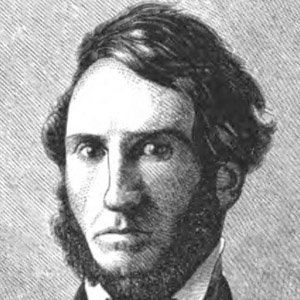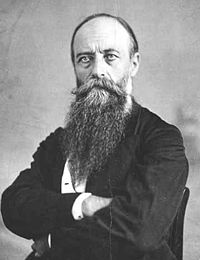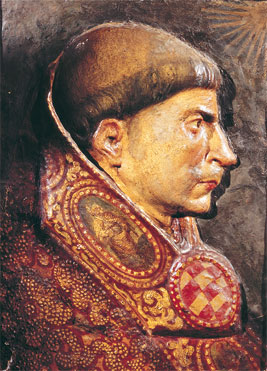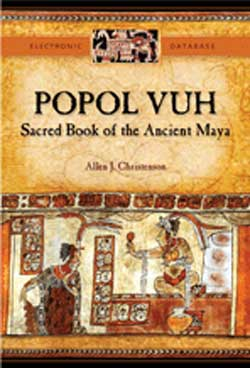
Photo Credit:Daniela Chachon. Palenque, Mexico
THE HISTORY OF RESEARCH
The Spanish Explorers
Towards the end of the colonial period, Charles lll became king of Spain. His interest was getting to know more about native cultures in Central America and Mexico. Certainly the Spanish were bringing back to his motherland great wealth in the natural resources they were taking from the indigenous of America. He commissioned one Ordonez to fins out some more of the cultures. Ordonez visited Palenque. He was in such disbelief of the wonders of its architecture that he made certain he told the king that it was the Romans who had to have built that city! King Charles was amazed at that news. To reconfirm that, he sent another person, Antonio Del Rio to Palenque but unfortunately for Del Rio, the British hijacked him and his commentary never reached King Charles lll.
The next thing we know is that Jean Frederick Waldeck publishes this Del Rio report in England. How interesting isn’t it?
The Major Scholars
Soon after Spain’s colonies started to get their independence, John Lloyd Stephens, an American from Boston, Massachusetts travelled to the Middle East where he met a gentleman by the name of Frederick Catherwood, an artist. They both travelled to Belize City then to Honduras where they visited Copan. Stephens fell so much in love with that ancient City that he bought it for USD$50.00!!! Not long after Stephens publishes his first volume of Incidence Of Travels In Central America.
John Lloyd Stephens
John Lloyd Stevens spends some time in Chiapas and in the Yucatan. It is important to note that John Lloyd Stevens is the first non-cleric to suggest that the ancient Maya glyphs and carvings were the actual writing by the people that lived there.
Charles Etienne Brassieur De Bourbourg
Charles Etienne Brassieur De Bourbourg came to America and in Merida he discovered Fray Diego De Landa’s Relaciones. Apart from this great informative work he also discovered the Madrid Codex and the Rabinal Achi – the first piece of Maya drama.
Fray Francisco Ximenez discovered the Popol Vuh (The Sacred book of the Quiche Maya) around 1800.
Fray Francisco Ximenez
Some of the great scholars who have invested heavily on our learning of the ancient Maya are people like: Alfred Maudslay, Theobert Mahler, Edward Thompson, Desiree de Charnay, Tatiana Proskouriakoff, Pollock, Berlin.
The Institutional Period
The institutional period refers to the first time when universities become interested in the Maya area. For example, the University of Pennsylvania, Tulane university, The Peabody Museum. These universities and museums produced some of the first courses on the Maya. Teachers such as Alfred Kinner, Alfredo Caso, Cobarubias and J. Eric S. Thompson – who wrote more books than any one of his colleagues at the time. In addition, Gordon Wiley was another prolific writer on the Maya, he worked in the Cayo District, Belize at the Melhado site and Lubaantun, to name two sites.
The Maya Book Of Counsel, The Popol Vuh
Our next part will include the origins of the Maya and we will introduce the timeline. If you have any questions please contact us at info@ninebelize.com or at tourswithnine@gmail.com.




